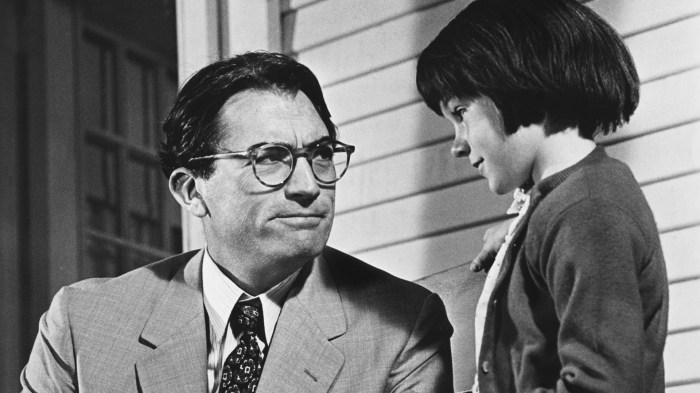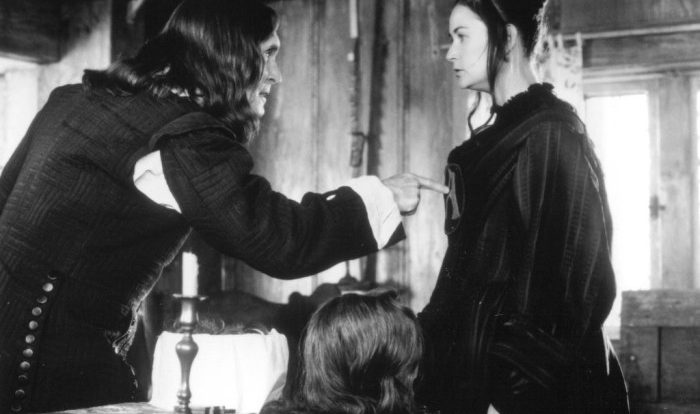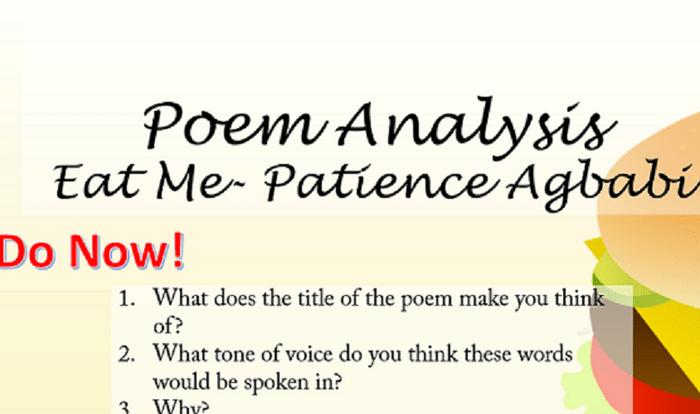To Kill a Mockingbird essay prompts invite students to delve into the complexities of Harper Lee’s iconic novel, a timeless masterpiece that examines the profound themes of racial injustice, innocence, and courage.
This essay prompts guide will provide a comprehensive overview of the novel’s historical context, character development, themes, narrative structure, and critical reception, equipping students with the knowledge and insights necessary to craft insightful and compelling essays.
Characters and Perspectives: To Kill A Mockingbird Essay Prompts

Harper Lee’s To Kill a Mockingbirdfeatures a cast of memorable characters who navigate the complexities of race, prejudice, and morality in the American South. The novel’s central characters, Atticus Finch, Scout Finch, Boo Radley, Tom Robinson, and Mayella Ewell, offer distinct perspectives that shape the reader’s understanding of the novel’s themes and events.
Atticus Finch: A Moral Compass
Atticus Finch, a respected lawyer and father of Scout and Jem, serves as a moral compass throughout the novel. His unwavering belief in justice and equality guides his actions, even when they are unpopular or dangerous. Atticus’s compassion and empathy extend to all people, regardless of their race or social status.
He teaches his children the importance of treating others with respect and dignity, and he sets an example of integrity and courage in the face of adversity.
Themes and Symbolism
To Kill a Mockingbirdexplores profound themes that resonate deeply with readers. These themes are interwoven with potent symbols that amplify their significance, contributing to the novel’s enduring impact.
Major Themes
- Racial Injustice:The novel unflinchingly exposes the pervasive racism in Maycomb, Alabama. Through the trial of Tom Robinson, it highlights the deep-rooted prejudice and discrimination faced by African Americans.
- Innocence:The novel explores the vulnerability and fragility of innocence. Characters like Scout and Jem Finch represent the purity and idealism of childhood, which is often shattered by the harsh realities of the world.
- Courage:In the face of adversity, characters like Atticus Finch and Boo Radley demonstrate extraordinary courage. They stand up for what is right, even when it comes at great personal cost.
Symbolism
- Mockingbird:The mockingbird symbolizes innocence and the importance of protecting the vulnerable. Its killing represents the destruction of innocence and the silencing of those who speak out against injustice.
- Mad Dog:The mad dog symbolizes the dangers of prejudice and hatred. Its threat to the children parallels the threat of racism to society as a whole.
- Boo Radley:Boo Radley represents the power of empathy and understanding. Despite his misunderstood appearance, he proves to be a kind and compassionate individual who protects the Finch children.
Contribution to Meaning
The themes and symbols in To Kill a Mockingbirdwork together to convey a profound message about the human condition. They highlight the complexities of racial injustice, the fragility of innocence, and the importance of courage and empathy. By exploring these themes through powerful symbols, the novel creates a lasting impact that resonates with readers of all ages.
Narrative Structure and Style
To Kill a Mockingbirdemploys a distinctive narrative structure and style that contributes to its enduring impact. The novel is narrated from the perspective of Scout Finch, a young girl who witnesses the events of the story firsthand. However, the narrative frequently shifts to the past, providing flashbacks that fill in the gaps in Scout’s understanding and allow the reader to see events from multiple perspectives.
Multiple Perspectives
The use of multiple perspectives adds depth and complexity to the story. By presenting events from different characters’ viewpoints, the author allows the reader to gain a more comprehensive understanding of the characters’ motivations and experiences. For example, the novel includes chapters narrated by Atticus Finch, Scout’s father, and Boo Radley, the enigmatic neighbor who ultimately saves Scout and her brother Jem from an attack.
Literary Criticism and Interpretation
“To Kill a Mockingbird” has garnered widespread critical acclaim since its publication in 1960. Its timeless themes and poignant portrayal of racial injustice have made it a cornerstone of American literature. Critics have lauded the novel for its nuanced characters, compelling narrative, and profound exploration of morality and social justice.
Critical Reception and Enduring Legacy
The novel’s critical reception was initially positive, with many critics praising Harper Lee’s writing style, character development, and unflinching depiction of racism in the American South. Over the decades, “To Kill a Mockingbird” has become an enduring classic, studied in schools and universities worldwide.
Its literary significance has been cemented by its inclusion in numerous “best of” lists and its status as a Pulitzer Prize winner.
Diverse Interpretations, To kill a mockingbird essay prompts
“To Kill a Mockingbird” has been the subject of numerous interpretations, reflecting its multifaceted nature. Some critics have focused on its historical significance, examining its portrayal of racial tensions in the Jim Crow era. Others have explored its social themes, analyzing its critique of prejudice, inequality, and the importance of empathy.
Additionally, the novel’s literary merits have been widely discussed, with critics praising its symbolism, narrative structure, and use of language.
Contemporary Relevance
“To Kill a Mockingbird” remains highly relevant in contemporary society. Its themes of racial injustice, moral courage, and the power of empathy continue to resonate with readers today. The novel has been used as a tool for teaching about social justice and promoting understanding across racial lines.
Its enduring impact is a testament to its enduring power to inspire and provoke thought.
FAQ
What is the significance of the setting in To Kill a Mockingbird?
The setting of Maycomb, Alabama, during the Jim Crow era provides a powerful backdrop for the novel, highlighting the deep-seated racial tensions and social injustices that shape the characters’ lives.
How does Atticus Finch serve as a moral compass in the novel?
Atticus Finch represents the conscience of the community, embodying the principles of justice, equality, and compassion. His unwavering commitment to defending Tom Robinson, despite the overwhelming odds, serves as a beacon of hope and a challenge to the prevailing prejudices of his time.

